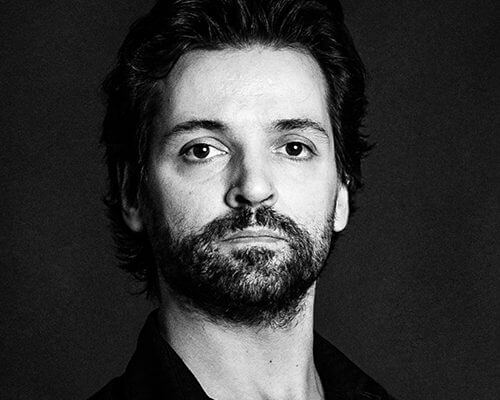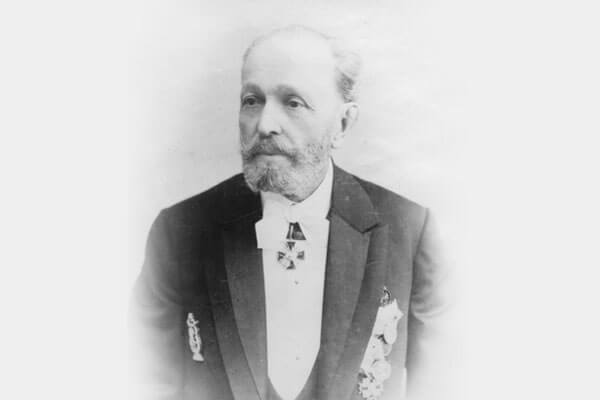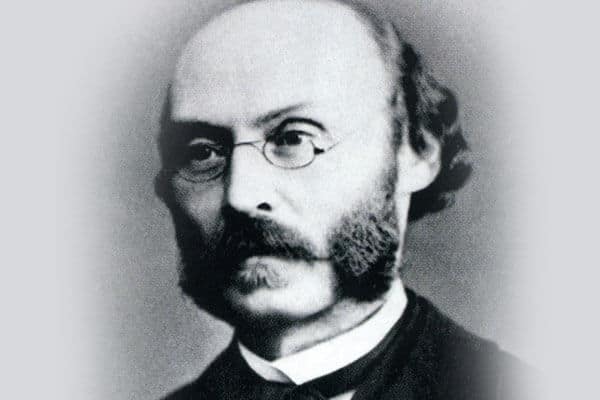
Angel Corella is regarded as one of the finest dancers of his generation. His talent, passion, and technique have brought him worldwide acclaim and established him as one of the most recognizable names in dance. Angel was appointed artistic director of Philadelphia Ballet beginning with our 2014/2015 season.
Angel joined American Ballet Theatre in 1995 and quickly rose to the rank of principal dancer. Throughout his 17-year career with them, he excelled in a wide range of repertory, performing such iconic roles as Prince Siegfried in Swan Lake, Romeo in Romeo and Juliet, and the Nutcracker Prince in The Nutcracker. He has also appeared as a guest artist with the Royal Ballet in London, the Kirov Ballet in Russia, and New York City Ballet. As well, Angel has received numerous awards, including 1st prize in the National Ballet Competition in Spain (1991), the Prix Benois de la Danse (2000), and the National Award of Spain (2003). He has danced for Queen Elizabeth II, Queen Sophia of Spain, and for Presidents Bill Clinton, George W. Bush, and Barack Obama.
Angel’s onstage passion and talents have translated to his behind-the-scenes career as well. From 2008 to 2014, he served as director for his own company, the Barcelona Ballet (formerly the Corella Ballet), in his native Spain, where he is regarded as a national treasure. His was the first classical ballet company established in the country in 20 years. And while Angel retired from American Ballet Theater in June 2012, he continued to dance with his own company.
A passionate teacher and mentor to young professional dancers, Angel has taught at various summer programs as well as leading dance schools, including the Royal Ballet School in London. He now applies that same passion, verve, and balletic insight to the dancers of Philadelphia Ballet.

Marius Petipa (1818–1910) was one of the most influential figures of classical ballet. His choreography forms the basis of The Royal Ballet’s productions of The Nutcracker, The Sleeping Beauty, Swan Lake, Giselle, Don Quixote, La Bayadère and Coppélia, among others.
Petipa was born in Marseilles. His father was a dancer, and Petipa began dancing in his father’s travelling company aged nine. Aged 16 he joined Théâtre Nantes, where he also created a number of ballets. He studied in Paris with Auguste Vestris before going on to work as a dancer around France. In May 1847 he arrived in St Petersburg and two months later made his debut as principal dancer and ballet master of the Mariinsky, starring in his re-staging of Joseph Mazilier’s Paquita. His breakthrough as a choreographer came in 1859 with his production of La Fille du pharaon, and in 1869 he was made Chief Choreographer. In addition to creating original works such as Don Quixote (1869) and La Bayadère (1877), he restaged pre-existing works, including Jean Coralli and Jules Perrot’s Giselle (1884) and Arthur Saint-Léon’s Coppélia (1884). Petipa’s 1890 production of Tchaikovsky’s The Sleeping Beauty was followed by productions of The Nutcracker (1892) and Swan Lake (1895), both created with Lev Ivanov. His last great work was Raymonda (1898), before he retired in 1903.
Petipa’s ballets were grand spectacles that made magnificent use of the corps de ballet and placed the lead ballerina centre stage. His theatre and school became a model for all ballet around the globe throughout the 20th century.

Ludwig Minkus, the ballet composer and violinist, was born in Vienna in 1826. Minkus made his appearance as a composer in Paris in April, 1846, with Paquita, which was written jointly with Edward Deldevez and choreographed by Joseph Mazilier. La Fiammetta, with choreography by Saint-Leon (February 13, 1864) and Nemea (July 14, 1864) followed. He next collaborated with Delibes on La Source and composed music for two more ballets with Saint-Leon as the choreographer — Le Poisson d’Or and Le Lys — in Paris.
In 1853 he went to Russia as the conductor of Prince N. B. Yussupov’s serf orchestra in St. Petersburg and was a soloist in the Moscow Bolshoi Orchestra from 1861-1872. He also taught at the Moscow Conservatory (1866-1872). From 1864-1871 Minkus was the official ballet composer at the Bolshoi Theatre in Moscow. In 1871 he was transferred to St. Petersburg, where he worked until 1891 when his position was eliminated and he was retired. Discontent with his small pension (the equivalent of about $285.00 a year), the composer left Russia for Austria, where he died, in 1917, at the age of 91. The composer of over twenty ballets, among them Don Quixote, Roxanna, Camargo, Papillons, The Bandits, The Adventures of Peleas, La Bayadère, The Daughter of the Snows, The Magic Pills, Mlada, Kalkabrino, and Day and Night, Minkus was an excellent craftsman in the style of ballet music of his day. His music is melodic and distinguished by clear dance rhythms.